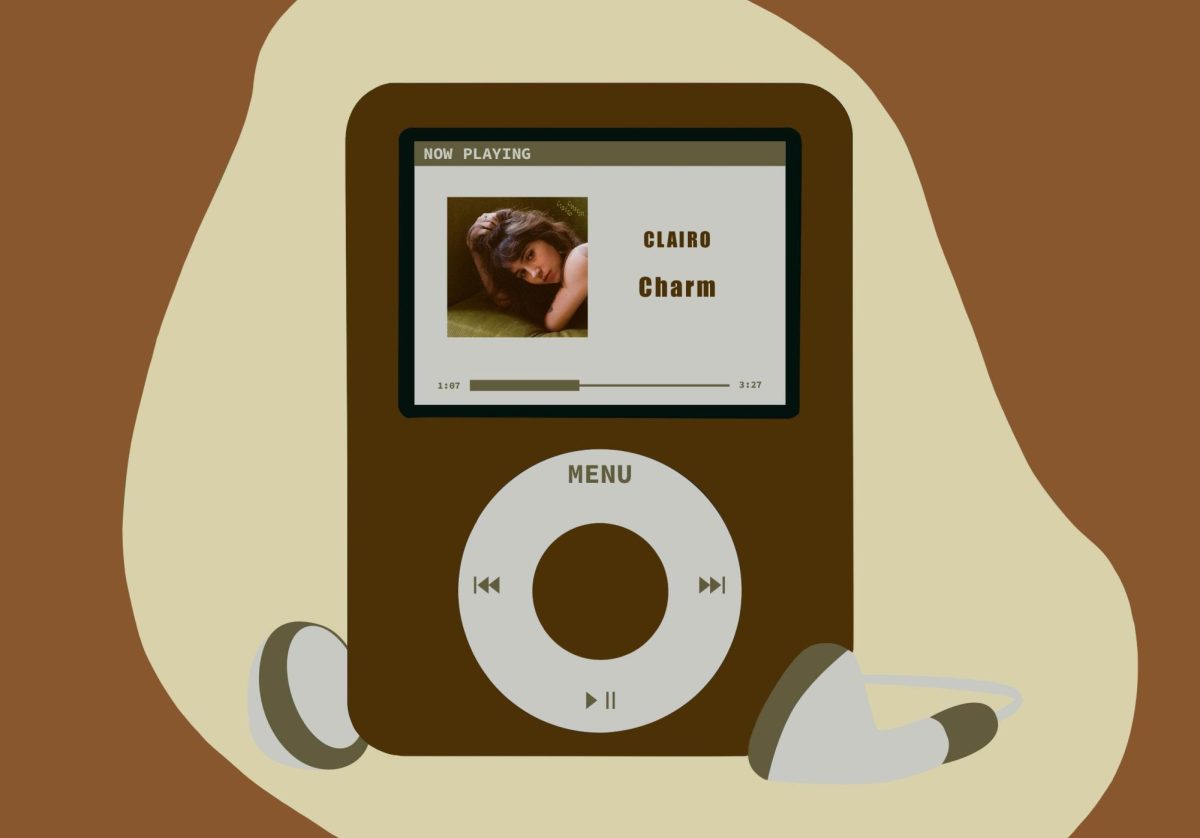K
Author: Marty Roth
Publisher: University of Minnesota Press
Price : $22.50 paperback
Pages: 153
 ate, a character in John Steinbeck’s “East of Eden ,” was a charming, yellow-haired young lady who killed her parents and made a living as a whore. She could trick anyone into believing she was a cherub – except after a few drinks, when her truly nasty nature came through.
ate, a character in John Steinbeck’s “East of Eden ,” was a charming, yellow-haired young lady who killed her parents and made a living as a whore. She could trick anyone into believing she was a cherub – except after a few drinks, when her truly nasty nature came through.
Sure, you could say that Kate is an example of a split personality, of base instinct masked by intellectual effort, but University professor emeritus Marty Roth might opt to talk about the alcohol, instead. In his new book, “Drunk the Night Before: An Anatomy of Intoxication,” he zeroes in on intoxication not just as a metaphor or a literary tool, but as the grounds for altered states and truth revealed, and as an instigator of artistic inspiration.
At the center of his book is an attempt to view substances apart from the stigma created by our drug-war-entrenched culture.
“I make it clear that history of substance use is divided into a white period and a black period, intoxication and addiction,” he explained on a long-distance phone chat from his home in Vancouver .
Looking back with wine-colored glasses, he began with a discussion of Greek society. Who knew that Socrates could have been considered either a functional alcoholic or a nonhuman so wise that alcohol could not affect him? (Either way, he liked that glass of Dionysus’ best.)
He went on to boldly and convincingly draw parallels between Christianity and intoxication, pointing out that Christ’s first miracle was turning water into wine.
He urges readers not to view intoxication as merely metaphorical, but to realize that those ideas of “being drunk in the Holy Spirit” do have their bases in, well, drunkenness, and it wasn’t always considered sinful.
“Any period is going to want to preserve states of rich, high excitement and link it with all sorts of good things,” he explained, without hesitation.
So how gray is the line between intoxication and talent? In a letter from Ernest Hemingway to F. Scott Fitzgerald, Hemingway writes, “Of course you’re a rummy. But you’re no more of a rummy than [James] Joyce is, and most good writers are.”
But the truth of that statement is unclear in the light of the cultural modesty that began to cloud the biographies of writers in that era. In his book, Roth attempts to pinpoint when it was that alcohol became more closely associated with addiction than with the “the nectar of the gods” that once got poets’ pens flowing.
“Drunk the Night Before” doesn’t mention binge drinking and representations of alcohol sometimes relevant to a college setting but, when asked, Roth explained, “It seems that college students are susceptible to excesses of all kinds because they are on their own for the first time. One of the things that you do is search out your limits, and you go overboard. Overuse of stimulants of all kinds by the young is not surprising.”
One of the most impressive things about “Drunk the Night Before” is the sheer amount of research apparent in the countless references of works from all over the world. From Islamic Sufi poems to the hippie ages, he must have found almost every excerpt in literature that mentions firewater, ale or “the gladness of the grape.”
The result is a refreshing schooling on Substances 101, this time from the perspective of literature, rather than religion or science.
















